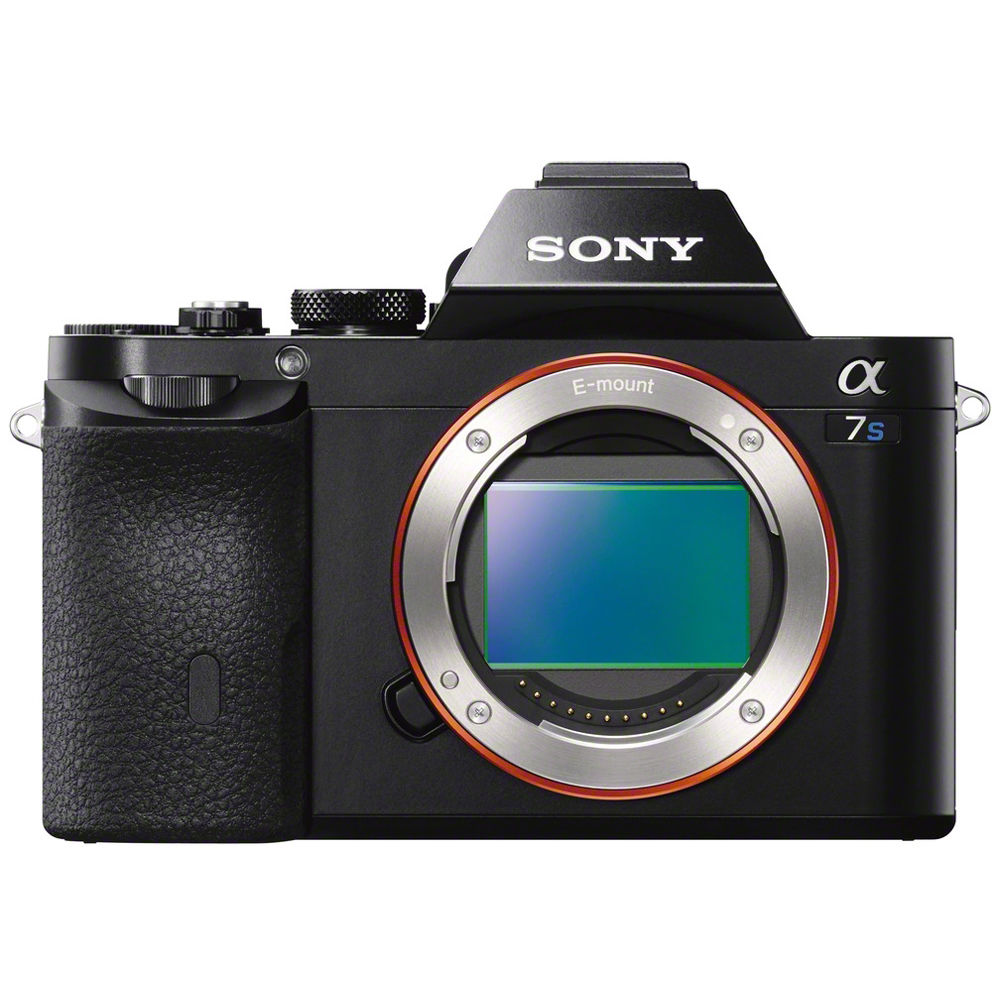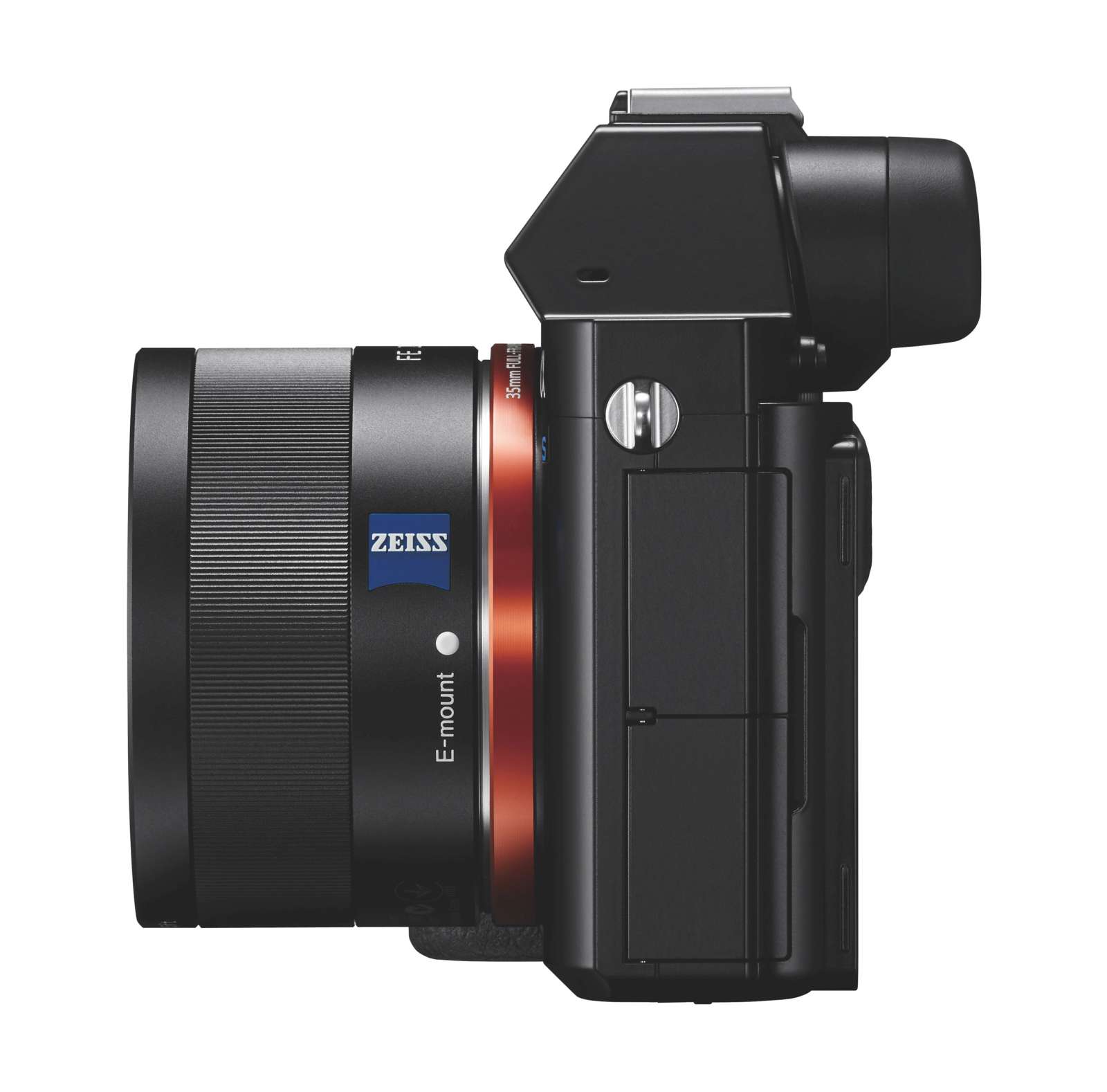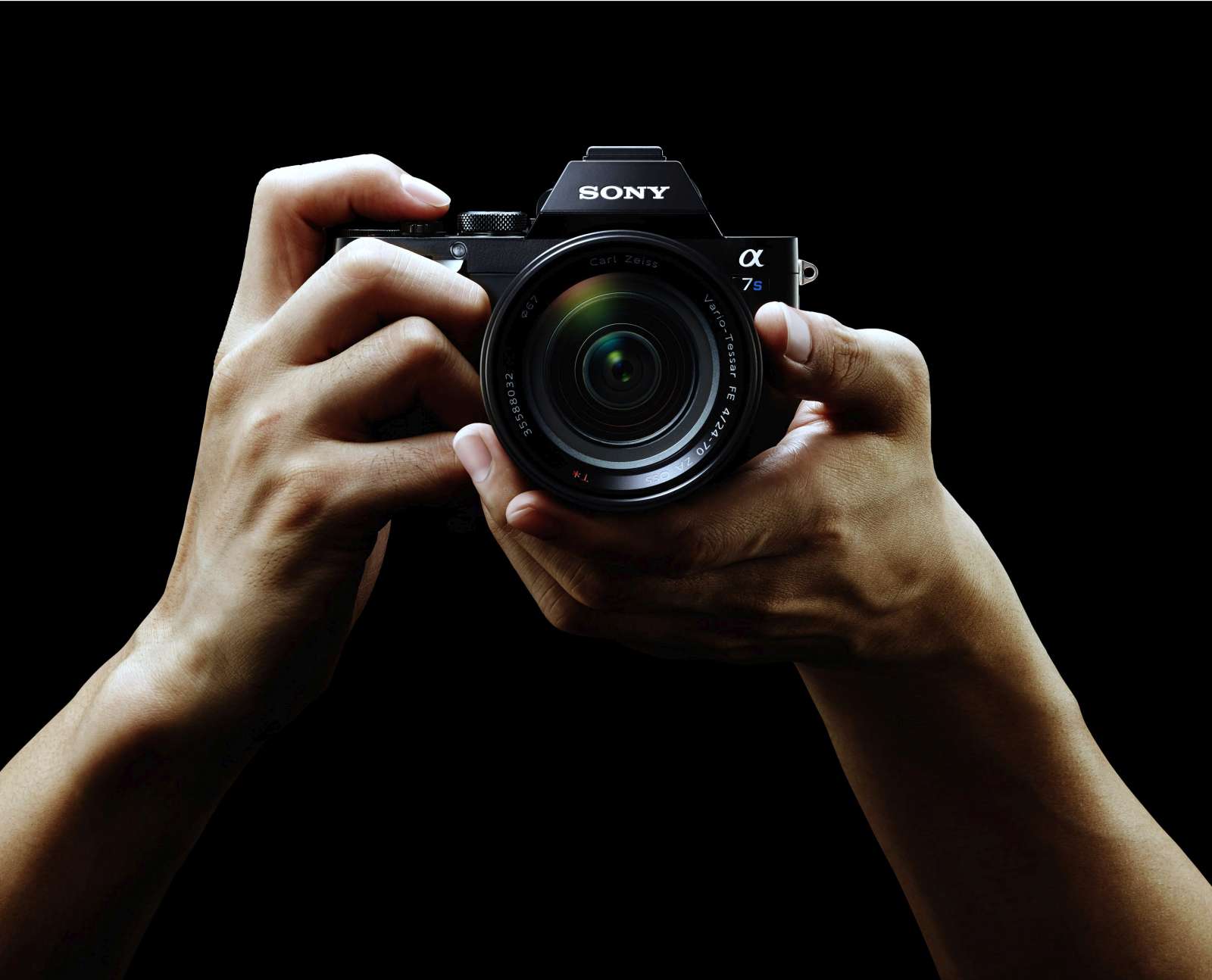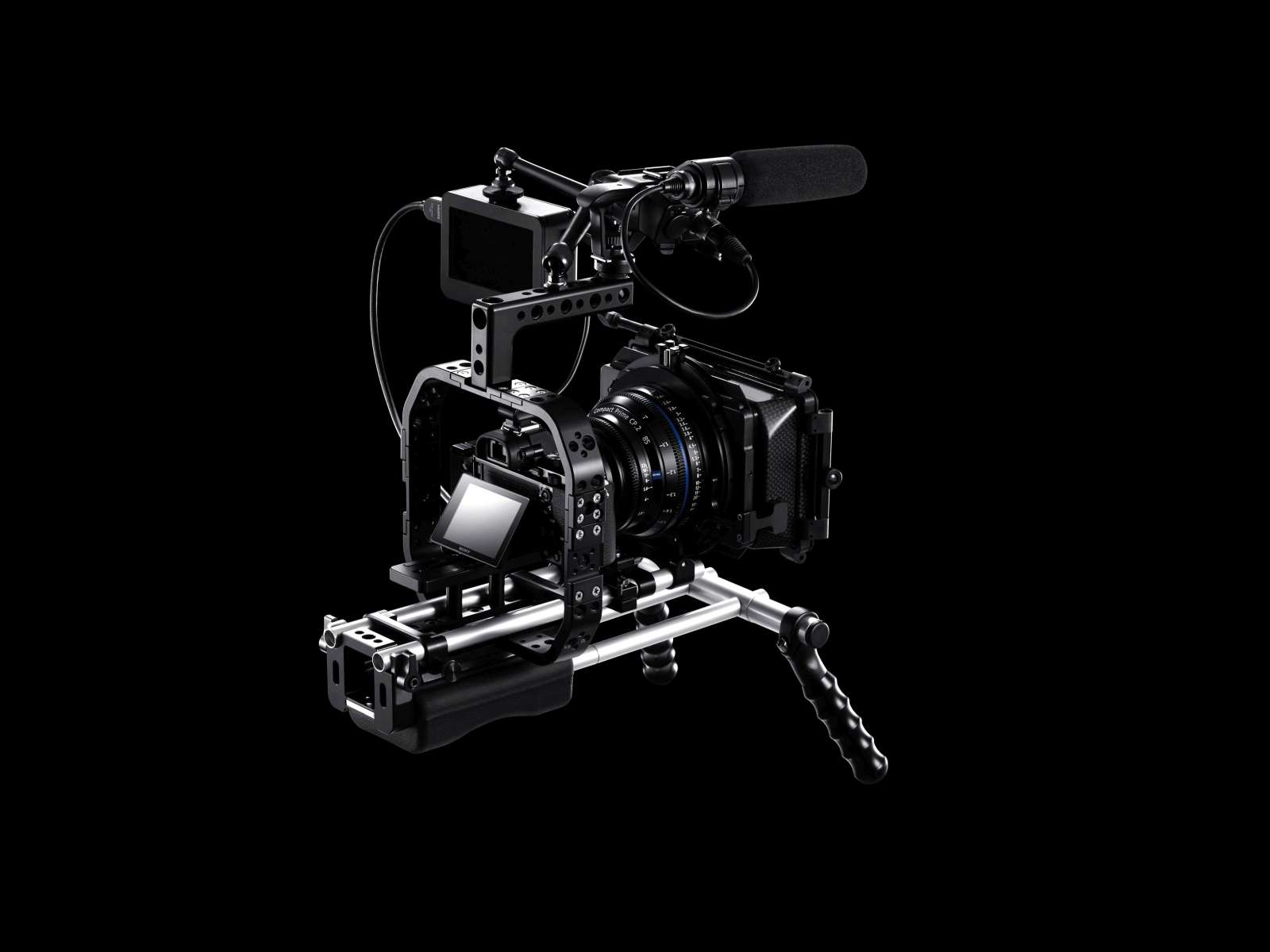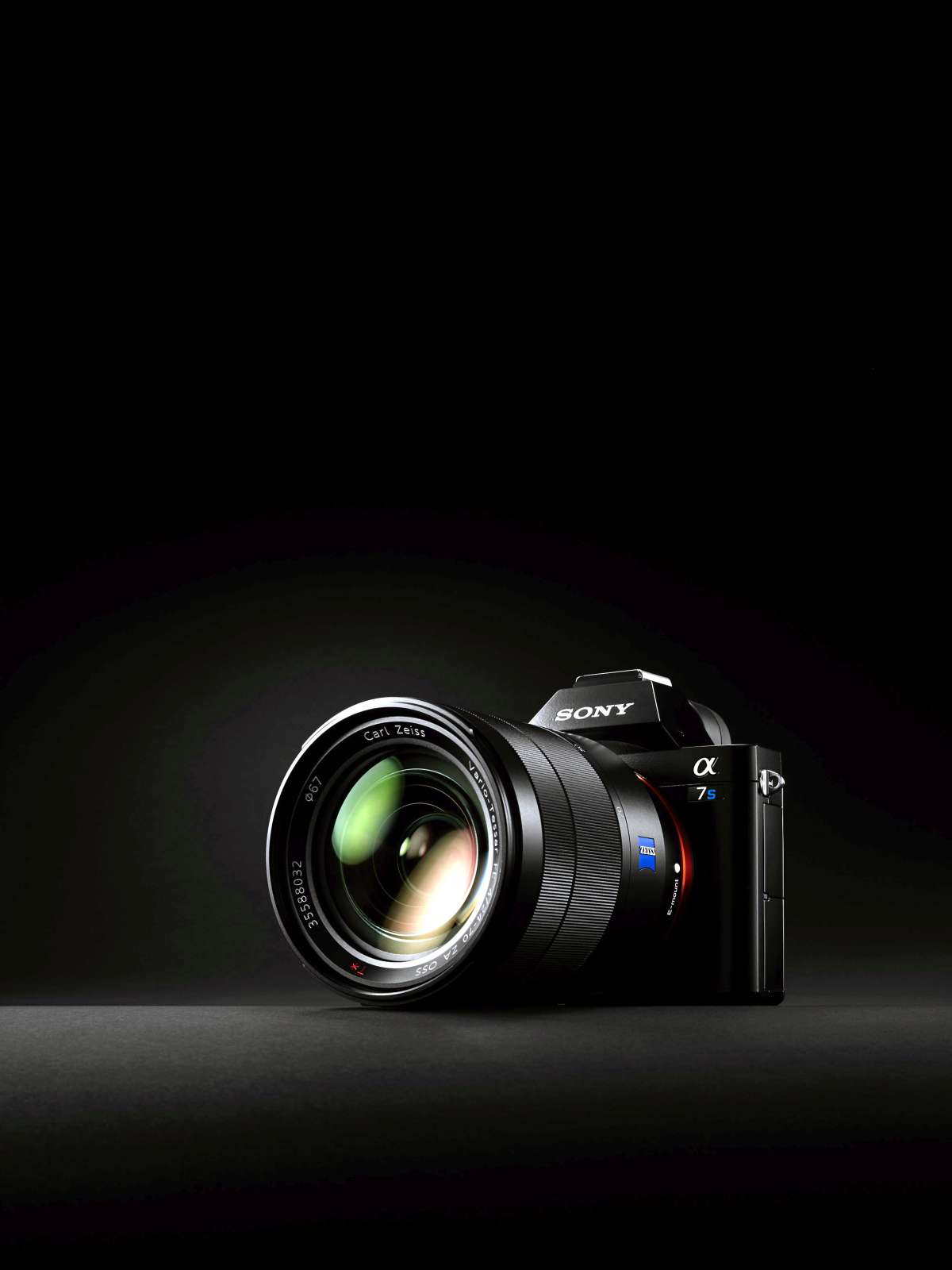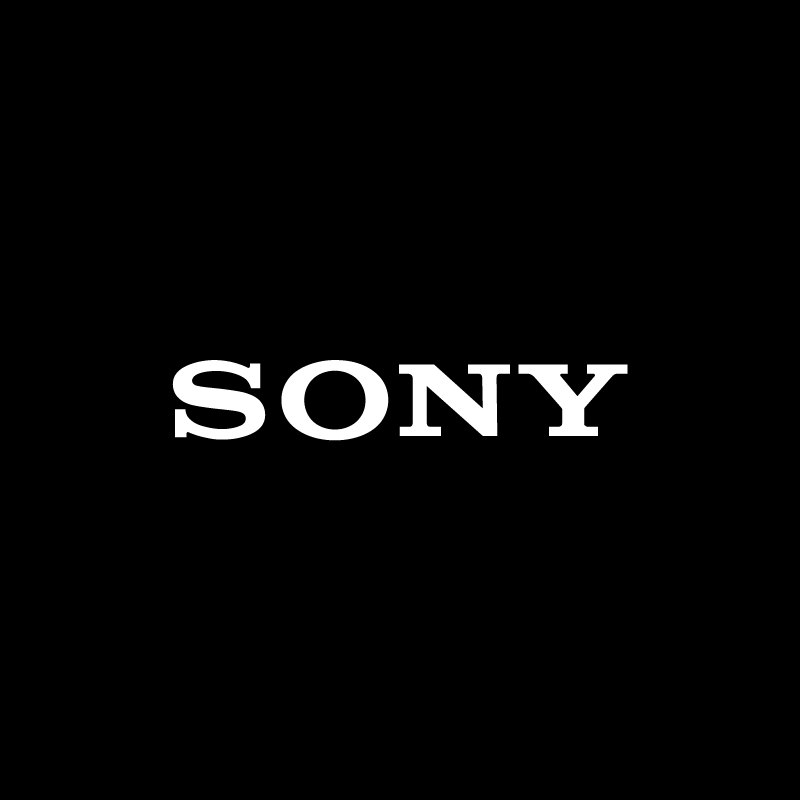- Full-Frame Exmor Sensor and BIONZ X Image Processor
- Incorporated within the sleek body design is a 12.2MP full-frame Exmor CMOS sensor and BIONZ X image processor, which work together to enable an expansive dynamic range with minimal noise and notable sensitivity. The a7S features a native sensitivity range from ISO 100-102400, which is further expandable to ISO 50-409600. Coupled with the large individual pixel size the 12.2MP sensor affords, this camera is well-suited to use in low-light conditions.
The sensor^27s design also features a new-generation RGB color filter array, as well as a gapless on-chip lens design. Together, these two technologies enable truly efficient light-gathering abilities that further reinforce the low noise, high-sensitivity design. Furthermore, an anti-reflective coating has also been applied to the seal glass of the image sensor to minimize surface reflections, glare, and ghosting for contrast-rich, color-neutral imagery.
The sensor and processor combination also avail a wealth of performance-related benefits to still shooting, including a Speed Priority continuous shooting rate of 5 fps, or a 2.5 fps shooting rate with continuous AF. The contrast-detection AF system employs 25 distinct points to quickly and precisely acquire focus in light levels as low as -4 EV to support working in a wide variety of shooting conditions.
- Full Pixel Read-Out with Clean HDMI Out for 4K Recording
- Line-Skipping has been the Achilles Heel of video recording DSLR and Mirrorless cameras since video recording was first introduced. Most full-frame and APS-C still cameras have extremely high pixel counts, which is great for still photography, but makes utilizing the whole sensor technically infeasible when recording video since scaling down, say a 36 megapixel image in real time would require a much more expensive image processor and generate more heat than such a compact body could handle. So traditionally these cameras skip lines when recording video, leading to major aliasing and moiré from the large sample gaps as well as decreased resolution and increased noise. However, the lower resolution sensor of the a7S is designed for video recording and features a full sensor readout without any line skipping. This means you will see a sharp image devoid of major aliasing and moiré whether recording internally at 1080p or externally in UHD 4K.
For times when the high quality 50 Mbps XAVC S Codec is not enough the a7S is able to output uncompressed UHD 4K (3840 x 2160) at a 4:2:2 color depth over HDMI to compatible third party recorders. Or, if recording internally to a memory card the HDMI can output 1080p at 4:2:2 for external recorders or HD monitors that don^27t support 4K inputs. The full list of supported HDMI output signals is:
- 3840 x 2160 (30p/24p)
- 1920 x 1080 (60p/24p)
- 1920 x 1080 (60i), YCbCr 4:2:2 8-bit/RGB 8-bit
- Up to 120 fps High Speed Video Recording
- In addition to the standard 24p/30p/60i recording formats the a7S is also able to record at much higher frame rates for slow motion playback, albeit at lower resolutions. 1080p video can be recorded in up to 60p using the entire sensor. And 120 fps is possible at 720p using an approximately APS-C sized center crop of the sensor. 120 fps recording allows for about 5x slow motion when played back in 24p.
- Customizable Color Profiles and S-Log2 Gamma
- To make sure the a7S is able to use its extensive dynamic range while recording video it incorporates extensive customizable color and gamma controls. Users can adjust the gamma, black level, knee, color level, and more. Also users can use the same S-Log2 Gamma Curve that is found on high end Sony Cinema cameras that squeezes up to 1300% more dynamic range into the video signal then traditional REC709, for increased post-production flexibility.
- Flexible Timecode Options
- The a7S has multiple timecode recording options to meet different workflows. It has the standard ^27Record Run” mode that only advances the timecode when recording, as well as “Free Run” timecode that advances the timecode even when not recording, which can be great for syncing multiple cameras at live events. It can also record timecode in both drop frame and non-drop frame modes. When recording internally the a7S is also able to output timecode via HDMI. Timecode output is not supported when outputting 4K over HDMI.
- Live Video Overlays
- The a7S features many of the same real-time visual overlays and aids that professional video users have come to rely on. These include focus peaking to aid in manual focusing, zebra markers to help judge overexposure, and an audio level overlay for mixing audio. Also focus magnification is available for checking critical focus. These are available in both viewfinder and LCD display.
- Audio Input & Headphone Jack
- The a7S features a 3.5mm microphone input jack for compatibility with external microphones. And for users needing more the a7S is also compatible with the Sony XLR-k1M XLR Adapter for recording professional balanced XLR audio signals with phantom power and adjustable mic/line inputs.
For monitoring audio the a7S features a 3.5mm headphone jack as well as real time audio levels for a visual reference.
- Body Design
- Revolving around a compact, sleek body design, the a7S features both a large rear LCD monitor as well as a bright electronic viewfinder. The rear 3.0″ 921.6k-dot Xtra Fine LCD features a tilting design (up 90° and down 45°) to benefit working from both high and low angles. Also benefitting visibility with the rear monitor is the incorporation of WhiteMagic technology, which noticeably increases brightness for easier viewing in sunlit conditions. When shooting at eye-level, the 0.5″ XGA OLED electronic viewfinder features a high 0.71x magnification and a 2.36 million-dot resolution for precise monitoring capabilities.
- Built-In Wi-Fi Connectivity with NFC
- Built-in Wi-Fi connectivity enables the a7S to instantly share imagery to mobile devices for direct sharing online to social networking, via email, and to cloud storage sites. NFC (Near Field Communication) is also supported, which allows for one-touch connection between the camera and compatible mobile devices; no complex set-up is required. Once connected, the linked mobile device can also display a live view image on its screen and remotely control the camera^27s shutter.
Additionally, PlayMemories Camera Apps are also supported via the built-in Wi-Fi connection, and allow you to personalize the camera^27s features depending on specific shooting styles. Apps are available to suit creating portraits, detailed close-ups, sports, time lapse, motion shot, and other specific types of imagery.
| Lens Mount | Sony E-Mount |
| Camera Format | Full-Frame |
| Pixels | Actual: 12.4 Megapixel Effective: 12.2 Megapixel |
| Max Resolution | 12MP: 4240 x 2832 |
| Aspect Ratio | 3:2, 4:3 |
| Sensor Type / Size | CMOS, 35.8 x 23.9 mm |
| File Formats | Still Images: JPEG, RAW Movies: MP4, MPEG-4 AVC/H.264 Audio: AAC LC, AC3, Dolby Digital 2ch, Linear PCM |
| Bit Depth | 14-bit |
| Dust Reduction System | Yes |
| Memory Card Type | SD SDHC SDXC Memory Stick PRO Duo (High Speed) Memory Stick PRO HG-Duo Memory Stick XC-HG Duo |
| Focus Control | |
|---|---|
| Focus Type | Auto & Manual |
| Focus Mode | Continuous-servo AF (C), Direct Manual Focus (DMF), Manual Focus (M), Single-servo AF (S) |
| Autofocus Points | Contrast Detection: 25 |
| Power | |
|---|---|
| Battery | 1x NP-FW50 Rechargeable Lithium-Ion Battery Pack, 7.2VDC, 1080mAh |
| AC Power Adapter | AC-PW20 (Optional) |
| Operating/Storage Temperature | Operating 32 to 104°F (0 to 40°C) |
| Physical | |
|---|---|
| Dimensions (WxHxD) | 5.0 x 3.7 x 1.9″ / 126.9 x 94.4 x 48.2 mm |
| Weight | 1.08 lb / 489 g with battery and memory card |



